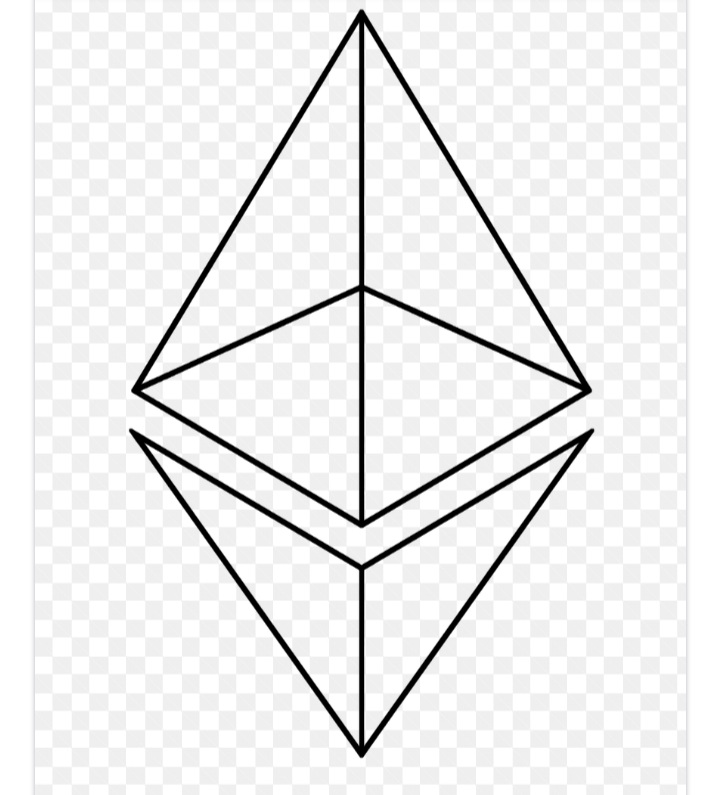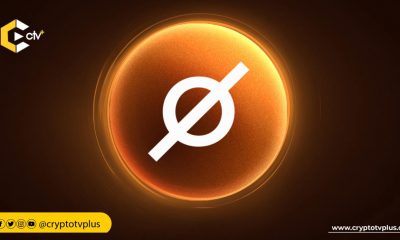News
Ethereum Serenity 2.0 Promises New Perks and Challenges

It appears that the long wait for the much anticipated ETH 2.0 is about to be over. Just recently, the brilliant brains behind the Ethereum Serenity 2.0 upgrade- the Ethereum Foundation, revealed that the Ethereum 2.0 validator launchpad is here in real time. They have urged validators to cash into the ETH 2.0 Testnet Medalla. The rationale behind this is to enable validators grasp the features of the network upgrade.
This newest Ethereum phase is the major transition from the presently used proof-of-work (PoW) consensus algorithm to the proof-of-stake(PoS). This way, challenges of security and scalability are mitigated. Nevertheless, the unnecessary delays and suspensions associated with the ETH 2.0 has doused the enthusiasm of the members of the Ethereum community.
The Ethereum Discord Public Server disclosed that the Ethereum Foundation (EF) will release the Serenity validator launchpad on August 4th. Instead of this, the Foundation has gone further by allowing potential validators to deposit funds into the Medalla testnet starting from the 3rd of August. The official Report disclosed that the rationale behind this is to enable validators (actively participating in the Ethereum Network) to “keep track of, and make deposits into the upcoming Medalla multi-client testnet.”
Essentially, prospective validators will have to learn about the ETH 2.0 by proactively using the testnet.
As of August 3, about 5,000 would-be validators deposited approximately 150,000 Ether into the Ethereum 2.0 testnet pool. It is estimated that a minimum of 16,384 validators or 524,288 ETH will be needed to run the final ETH 2.0 Serenity testnet (dubbed Medalla).
The Ethereum Foundation has warned potential validators in time for the responsibilities and challenges they may face when the testnet is officially launched. They urged would-be validators to comply with the pre-set specifications and to be active on the consensus algorithm. They warned that acting otherwise may attract penalties.
The EF explained that :
“running your own validator comes with the responsibility of managing your own keys.”
They want potential validators to know that the rewards with Ethereum 2.0 “are not fixed but dynamic.” even though validators can enjoy nonstop dividends for funding and securing the network.
The EF also expressed that:
“If the total amount of ETH staked is low, the annual reward is high, but as the total stake rises, the reward received by each validator starts to fall,”
The EF made sure to explain the 3 parts in which the ETH 2.0 will be introduced. They highlighted that each phase will deal with different features.
The first phase of ETH 2.0 is the Phase 0, followed by Phase 1 and then Phase 2. The Phase 0 is focussed on the collective working parts of the ETH 2.0 consensus. This phase is to monitor the validators and their balances. Phase 1 will enable adding and safeguarding the data stored on ETH2.0. The Phase 2 is the execution phase that will help run the programs on ETH 2.0. The EF reassured that the move to the PoS will not get in the way of the currently operational PoW.
This transition has fortunately augmented the price range of Ether, the Ethereum network’s currency, by pushing it from its usual $220-$240( where it has been for weeks prior to the EF announcement) to a relatively sumptuous $330. This is a whopping 40% increase in just 7 days. Although ETH does not presently stand at $330, as it has dropped to $316, it is projected that its price will scale following the eventual launch of the Ethereum Serenity Phase.
























